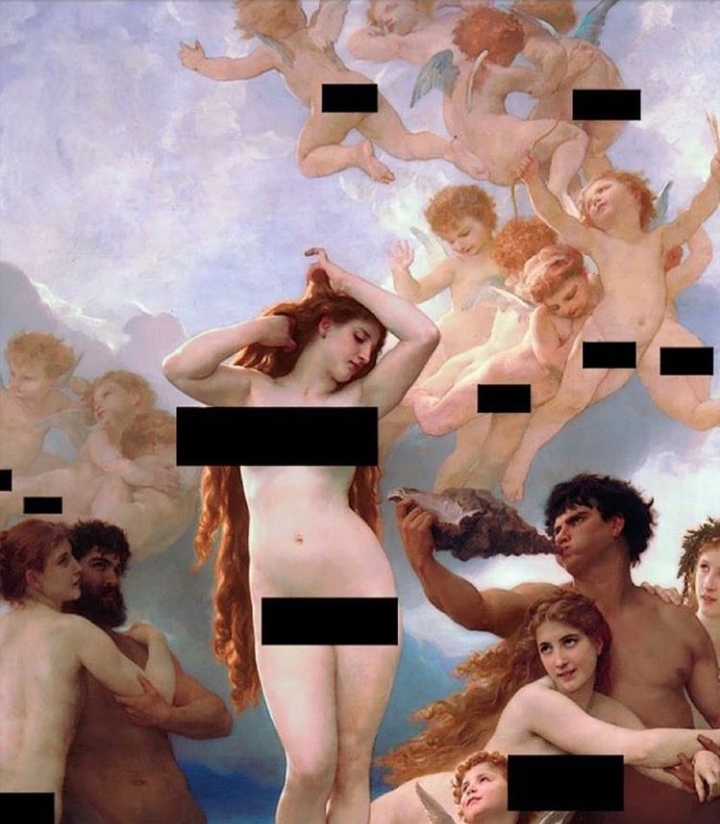When was the last time a piece of art moved you? Was it a film, a painting or a street performer? Art in many ways can enrich the human experience and initiate change in society. These types of changes can be used to better society by not answering questions, but by asking questions.
How can art be used for a political purpose? Well, it can be used to raise awareness and shift perspective. For example, Beirut based artist, Lawrence Abu Hamdan asked 2 sheikhs in Cairo to deliver city wide speeches about the danger of noise pollution as a public health issue instead of their usual weekly Friday sermons. Cairo is the 3rd worst city for noise pollution, according to Worldwide Hearing Index. Another example is Definition, by Czech artist, Ivan Kafka, who placed 1,000 wooden sticks to block people from going to work. In order to understand this work of art, one has to understand that Prague at the time was under control of a communist government. Thus, Kafka created a critical dialogue that asked the local population to take a stand, one way or the other, to define their existence.
How can art impact society? By translating experience across space and time. Chinese artist, Ai Weiwei, does exactly this in his art piece titled, Law of the Journey. Which was to confront and question the west’s complicity in the refugee crisis in 2015. This piece is a oversized life raft (60 feet long) composed of faceless figures and is made from rubber that the manufactures use in the boats most often used by the refugees.
As you can see, art can be used to transform an experience through art. Finally, in the words of Eli Broad (entrepreneur and philanthropist), “Civilizations aren’t remembered by their business people, bankers, or lawyers. They’re remembered by their arts.”
Works Cited:
Blanc, Nathalie and Barbara L. Benish. Form, Art and the Environment: Engaging in Sustainability. 2016. https://books.google.com/books?id=8iMlDwAAQBAJ&pg=PA114&dq=ivan+kafka+wooden+sticks&hl=en&sa=X&ved=2ahUKEwjqytLo5f3hAhUDP30KHT5vBPIQ6AEwAHoECAMQAg#v=onepage&q=ivan%20kafka%20wooden%20sticks&f=false
Larmon, Annie Godfrey.(2018, May 21). Can Art Change the World? http://www.bbc.com/culture/story/20180517-can-art-change-the-world
Eastham, Ben. (2015, September 22). Lawrence Abu Hamdan’s “The All Hearing”. https://www.art-agenda.com/features/237695/lawrence-abu-hamdan-s-the-all-hearing
Gray, Alex.(2017, March 27). These are the cities with the worst noise pollution. https://www.weforum.org/agenda/2017/03/these-are-the-cities-with-the-worst-noise-pollution/

